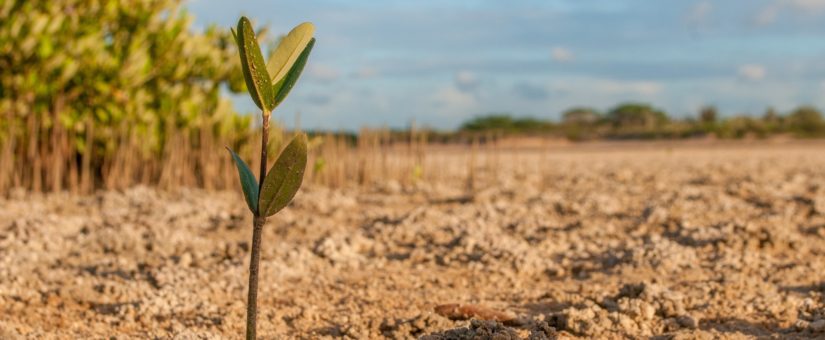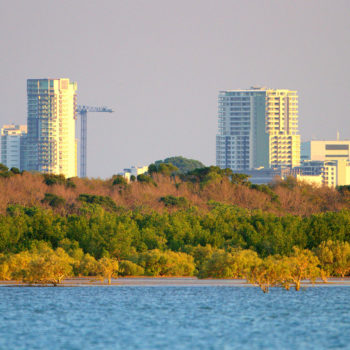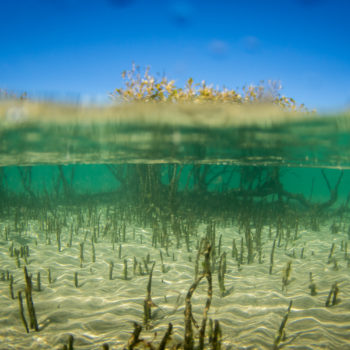The Mangrove Carbon Emission Simulator, developed by Dr Fernanda Adame and Dr Chris Brown from Griffith’s Australian Rivers Institute and Professor Rod Connolly’s Global Wetlands Project, has been designed for use by government departments, wetland managers, climate change groups and environmental organisations.

It calculates the tons of carbon that would be released if a pre-determined area of mangrove forest was cut down.
The team’s research has shown the amount of carbon that mangroves are capable of storing is 10 times higher than commonly believed. Coastal wetlands in general store more carbon than rainforests.
Dr Brown said this had major implications for national carbon accounting by governments globally.
“They can use this to assess if the wetlands in their areas of interest are being properly valued in terms of their carbon storage,” Dr Brown said.
“So aside from the environmental benefits of reducing carbon emissions into the atmosphere, calculating carbon storage also offers an economic incentive – carbon that we can avoid emitting is what can be sold to the carbon market.”
Dr Adame said there was worldwide interest in accounting for how much carbon is stored, how much carbon is emitted, and how much carbon is protected.
“The problem is that calculating carbon emissions from coastal wetland degradation and deforestation is difficult and not everyone can do them,” she said.
“With the web app, people can see how much carbon they can avoid emitting and protect these areas.”
Dr Adame has previously been funded by the Leonardo DiCaprio Foundation to help value the carbon stored in some of Mexico’s mangrove forests, where she used the web app to report on how much carbon was saved through protection, which can be used to value the carbon for carbon trading schemes.
This means communities can receive income to keep protecting their mangroves.
The release of the Mangrove Carbon Emission Simulator coincided with World Wetlands Day on Saturday, February 2.





0 Comments